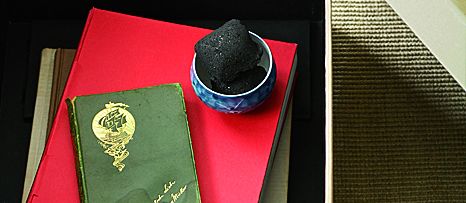While charcoal is primarily known for cooking burgers and smoking ribs, its usefulness extends beyond the culinary world. Natural lump charcoal, made from hardwood, has properties that make it valuable for various household and garden applications. Instead of letting that half-empty bag from last summer’s barbecue collect dust in your garage, consider these alternative uses that can benefit your home and garden. This article explores ten creative and practical ways to put unused charcoal to good use.
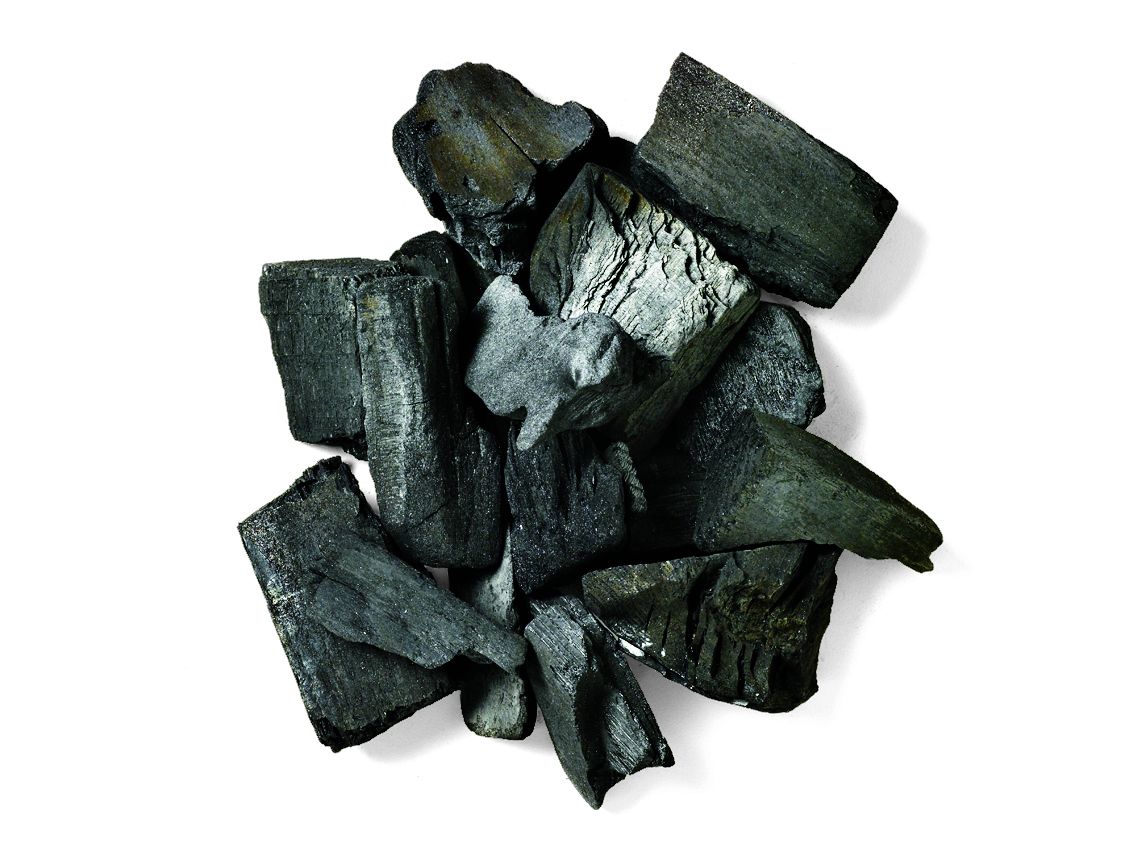
1. Nourish Your Compost Heap
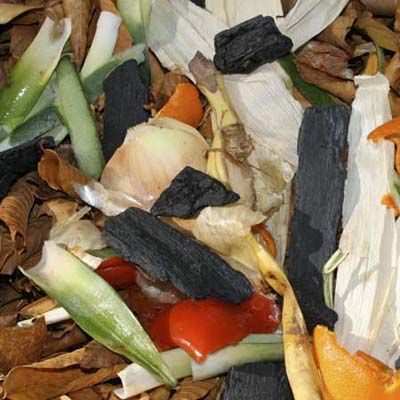
Charcoal can be a valuable addition to your compost pile, helping to balance the carbon-to-nitrogen ratio. If your compost emits an ammonia-like odor, it’s a sign that it needs more carbon. Adding crushed charcoal to your compost heap can help neutralize odors and improve the quality of your compost. The porous nature of charcoal also helps retain moisture and provides a habitat for beneficial microorganisms. It’s a simple way to enhance the richness of your compost for healthier plants and a more productive garden.
2. Disguise an Imperfection
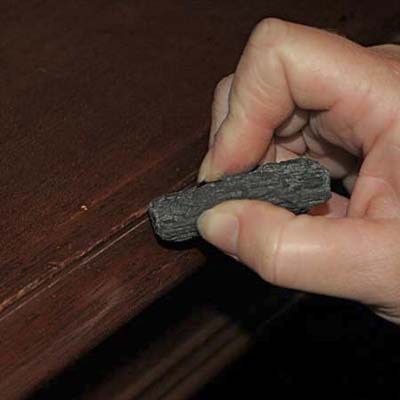
Charcoal can work as a quick fix on scratched dark wood floors or furniture. Gently rub a piece of charcoal over the scratch to fill in the damaged area. This method works best on darker woods and can help camouflage minor imperfections until you have time for a proper repair. Remember, this is a temporary fix and not a substitute for professional wood restoration. This can be particularly useful for last-minute touch-ups before guests arrive.
3. Keep Air Fresh
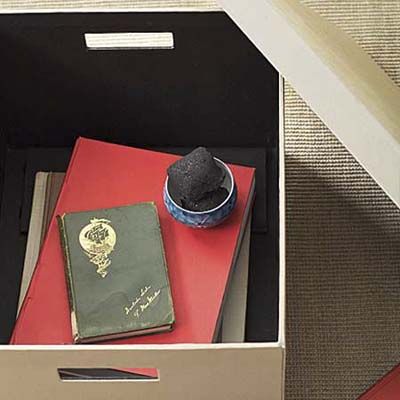
Charcoal’s natural ability to absorb odors makes it an excellent air freshener. Place pieces of charcoal in open bowls or perforated plastic bags and position them in your refrigerator, drawers, or any area prone to unpleasant smells. The charcoal will absorb excess moisture and neutralize odors. Replace the charcoal every few months for continued effectiveness. This natural deodorizer is an eco-friendly alternative to commercial air fresheners.
4. Make Cut Flowers Last Longer

Extend the life of your cut flowers by adding a small piece of charcoal to the vase water. The charcoal helps keep the water clean and clear by absorbing impurities and bacteria that can cause stems to deteriorate. This simple trick can help your floral arrangements stay fresh and vibrant for longer periods. This method is a cost-effective way to maintain the elegance of your floral decor without frequent replacements.
5. Use It as Mulch
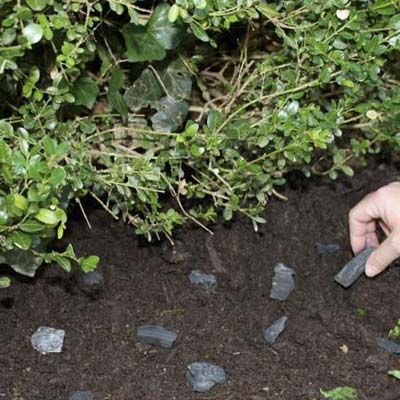
Charcoal can serve as an effective mulch in your garden. Break larger pieces into chunks about 1 inch in diameter and spread them around plants or beneath bushes. This natural mulch helps retain soil moisture, suppress weed growth, and slowly release nutrients into the soil. Plus, charcoal’s alkaline nature can help balance soil pH levels, benefiting plants that prefer less acidic conditions. This method provides a dual benefit of recycling charcoal and promoting better plant health.
6. Entertain Kids (or Adults)
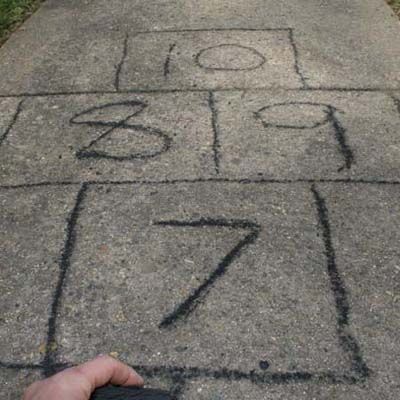
Charcoal can be a fun and eco-friendly alternative to chalk for outdoor drawing. Use pieces of charcoal to draw hopscotch squares, tic-tac-toe grids, or other game templates on your sidewalk or driveway. The marks are easily washable with a quick spray from a garden hose, making cleanup a breeze. This activity provides a creative outlet for both children and adults while repurposing leftover charcoal.
7. Keep Driveway Deicers From Clumping
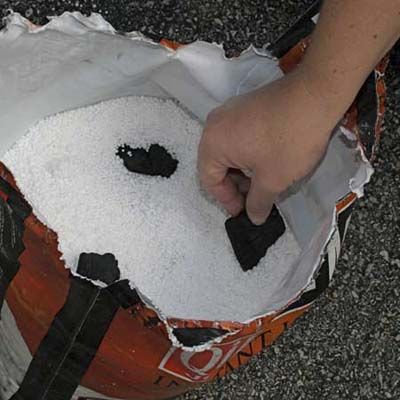
Before storing rock salt and sand for winter use, mix a few lumps of charcoal into the container. The charcoal will absorb excess moisture, preventing these materials from freezing or caking together. This simple step ensures that your deicing materials remain loose and easy to spread when winter weather arrives, saving you time and frustration during icy conditions.
8. Decorate Your Yard
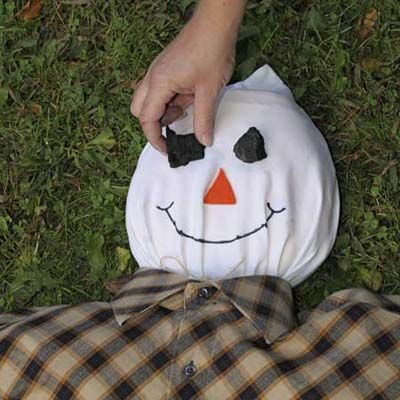
Get creative with charcoal for seasonal yard decorations. Use larger pieces to create eyes for a Halloween scarecrow or a winter snowman’s face. The dark color of charcoal provides a striking contrast against lighter materials, making your decorations stand out. This eco-friendly decorating option allows you to repurpose charcoal while adding unique touches to your outdoor holiday displays.
9. Help Potted Orchids Grow
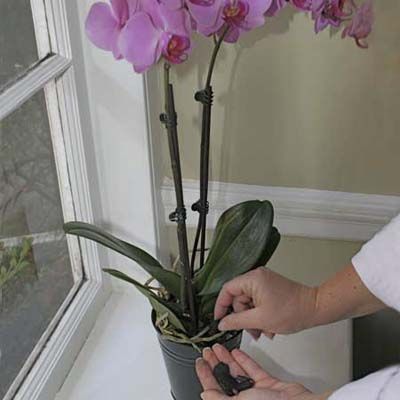
Orchids benefit from charcoal’s alkaline properties and its ability to improve drainage. Mix small pieces of charcoal with your orchid potting medium, such as bark or wood chunks. The charcoal helps prevent root rot by absorbing excess moisture and provides a slightly alkaline environment that many orchid species prefer. This addition can contribute to healthier, more vibrant orchid blooms. Regular incorporation of charcoal into your orchid care routine can yield more robust and longer-lasting flowers.
10. Keep Rust Off Tools
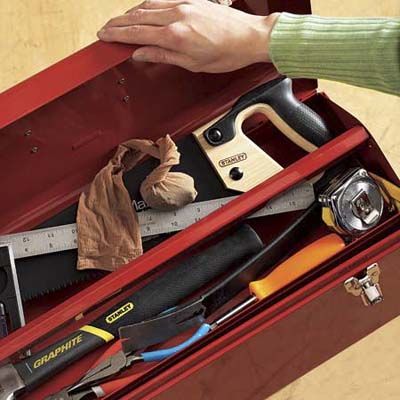
Protect your metal tools from rust by placing a few lumps of charcoal in your toolbox. The charcoal absorbs moisture that can lead to oxidation, helping to keep your tools dry and rust-free. This simple preventative measure can extend the life of your tools and maintain their functionality. Replace the charcoal pieces periodically to ensure continued protection against moisture and rust.
Charcoal’s versatility extends far beyond the grill, offering numerous practical applications around the home and garden. From improving soil health to protecting tools and freshening air, these ten uses demonstrate the value of this often-overlooked material.
